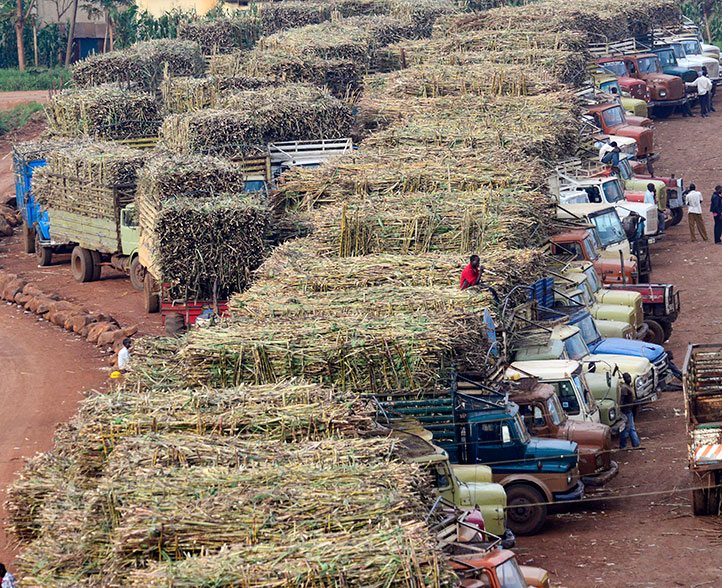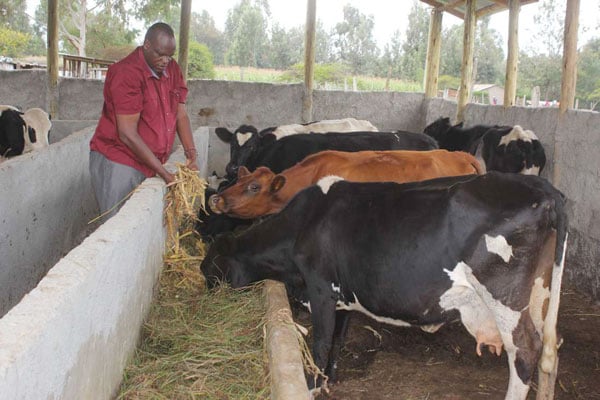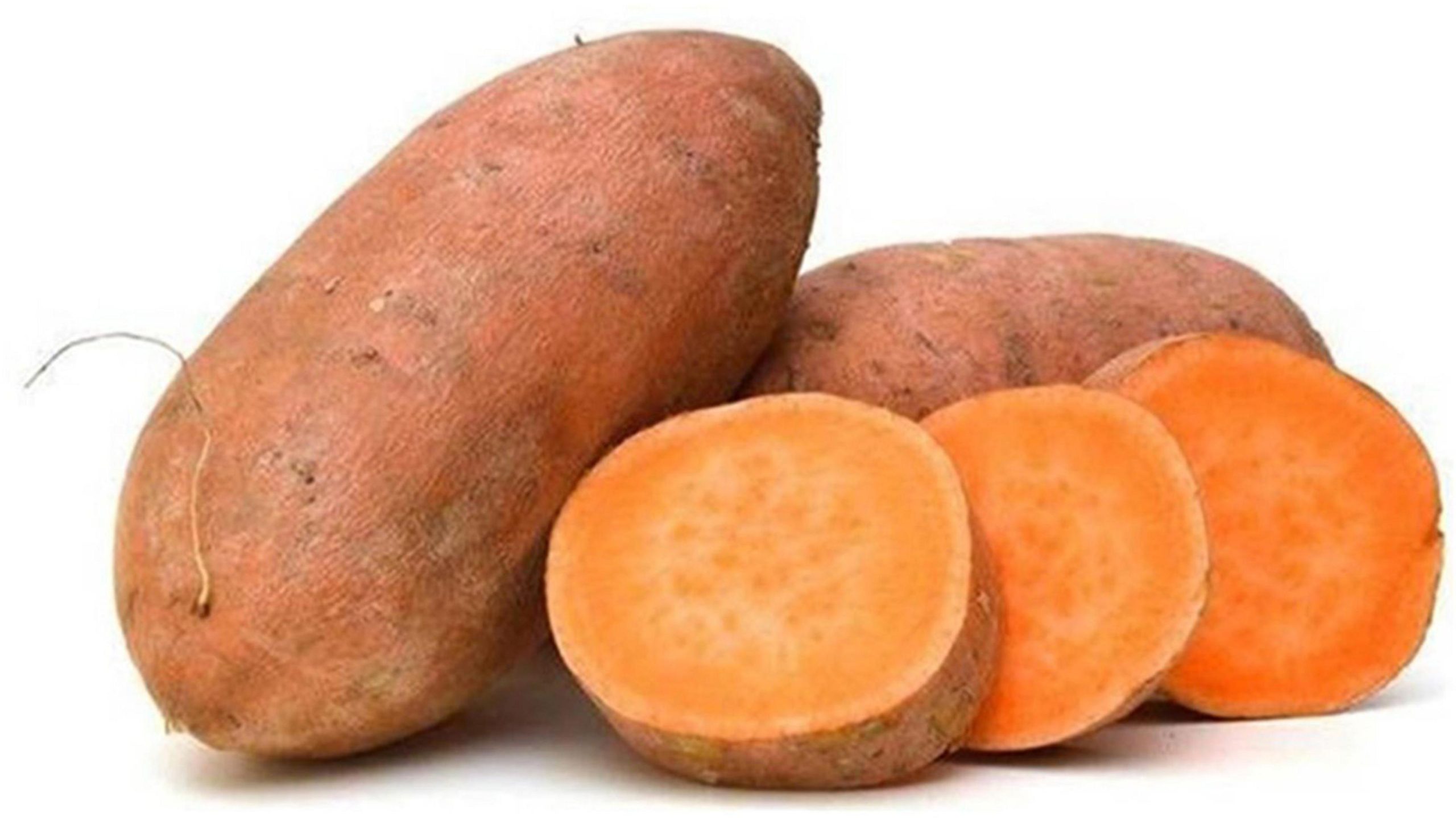Highlights:
- 15% Price Hike Expected
- Industrial Sugar Shortfall Spells Trouble for Soft Drink Production
- Rising Sugar Prices Threaten Local Soda Production
Kinyara Sugar, a major player in the sugar production industry, has encountered setbacks in fulfilling its production targets, leading to growing concerns among sugary drinks manufacturers. The company’s failure to meet its industrial sugar production goal of 75,000 tonnes has prompted several beverage producers, including Hariss International Limited, Coca-Cola Beverages Uganda (CCBU), Crown Beverages Limited (CBL), and Jesa Farm Dairy, to anticipate an increase in the prices of their products. This situation has led to issues such as delayed deliveries, rationing, and challenges related to product quality.
The dissatisfaction over the sugar shortage was palpable during a closed-door meeting between Finance Minister Matia Kasaija and the Uganda Manufacturers’ Association (UMA). Minister Kasaija faced criticism for imposing a high duty on industrial sugar to protect the domestic market for Kinyara Sugar. At the meeting, representatives from companies like Hariss International Limited, known for its Riham brand, expressed the difficulties they now face in securing sufficient supplies of industrial sugar.
Consequently, the shortage has compelled Hariss International Limited to reduce its production hours, impacting its operations. Moreover, Jesa Farm Dairy, a significant player in the yogurt market, has faced increasing competition from Kenyan brands, mainly because Kinyara Sugar has not yet produced industrial sugar suitable for yogurt production.
Experts lay the blame on the government for failing to conduct due diligence on Kinyara Sugar’s actual production capacity, which has contributed to the challenges faced by manufacturers. While the government’s intention is to promote industrialization and reduce imports, the policy measures have caused a scarcity of essential inputs required for industries in the domestic market.
Macroeconomist Fred Muhumuza suggests that the government should have assessed Kinyara’s production capacity before implementing measures that impact other industries. He highlights the importance of understanding the actual demand and quality requirements for industrial sugar. He suggests that a gradual approach, supporting Kinyara as it increases its capacity, would have been more beneficial than blocking imports prematurely.
Operating at only half of their production capacity poses a significant threat to industrialists. The lack of industrial sugar disrupts their production processes and leads to cost increases. Ultimately, these cost increases can result in job cuts within the industry, creating uncertainty for investors and potentially deterring them from operating in Uganda. Some soda manufacturers are even considering importing industrial sugar, subject to a 25 percent duty, to compensate for the shortage.
One beverage manufacturer interviewed by local press anticipates a potential 15 percent price increase in locally produced sodas. This would affect consumers already grappling with high fuel and food prices, causing concern about the impact of tax policies and employment within the industry.
Kinyara Sugar attributes its struggle to produce enough industrial sugar to the loss of approximately 2,000 hectares of sugarcane due to poaching. This loss translates to one month’s worth of processing, amounting to Shs50 billion. While contract farming has been a solution to poaching for Kinyara, Lugazi, and Kakira, it is not immune to challenges, such as farmers selling sugarcane to other companies, which results in lost investments.
This practice of high-priced replenishment of cane supply distorts the market and has contributed to a countrywide increase in brown sugar prices. President Museveni had previously advocated for zoning of cane growing to address these issues, but this proposal faced opposition from lawmakers due to concerns about monopolies and unfair pricing.
The situation presents a mixed picture for Kinyara, which has an annual sugar production capacity of 60,000 tonnes but struggles to meet domestic demand. While the company benefits from a monopolistic market, it falls short of the quarterly, monthly, and daily production volumes required. The shortage of mature sugarcane has kept sugar prices high, favoring brown sugar, which costs Shs4.1 million per tonne.
Kinyara’s capacity for white sugar production remains low, estimated at slightly over 26,230 tonnes in the eight months ending September 2023. This is despite the substantial market value of Ugandan white sugar, estimated at Shs225 billion ($60 million).




















